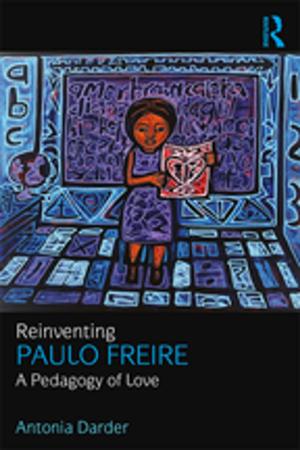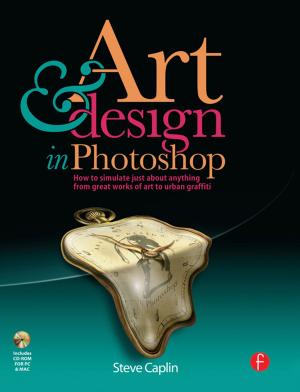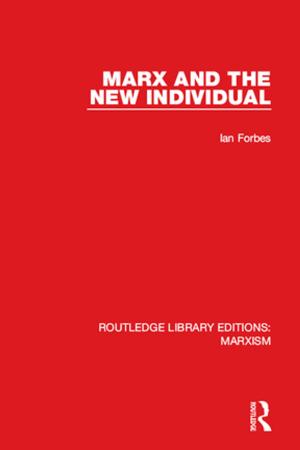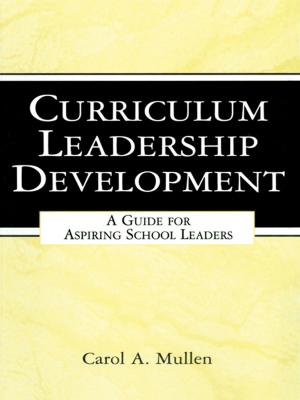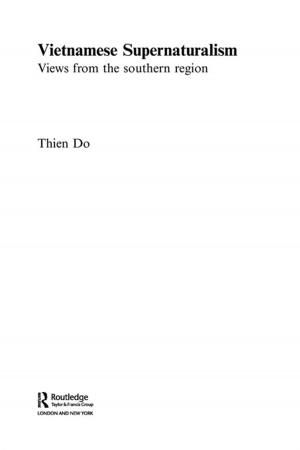The Art of Discussion-Based Teaching
Opening Up Conversation in the Classroom
Nonfiction, Reference & Language, Education & Teaching, Teaching, Teaching Methods| Author: | John Henning | ISBN: | 9781135912048 |
| Publisher: | Taylor and Francis | Publication: | October 18, 2007 |
| Imprint: | Routledge | Language: | English |
| Author: | John Henning |
| ISBN: | 9781135912048 |
| Publisher: | Taylor and Francis |
| Publication: | October 18, 2007 |
| Imprint: | Routledge |
| Language: | English |
Opening Up the Conversation leads practicing and preservice K-12 teachers through the process of creating more open, student-centered discourse in their classrooms. Readers are first introduced to types of teacher questions, student responses, and teacher follow-up moves that are associated with both open and closed discourse. Author John Henning then helps readers identify the most likely places for open and closed classroom discourse by examining an entire unit of instruction and by looking closely at three distinct types of discussions—framing, conceptual, and application. Readers are introduced to specific discourse moves, the patterns of discussion, the amount of preparation, and the types of accountability strategies needed to construct each of these discussions. The final chapter of the book shows readers how to videotape and analyze their classroom interactions in a teacher study group.
Opening Up the Conversation leads practicing and preservice K-12 teachers through the process of creating more open, student-centered discourse in their classrooms. Readers are first introduced to types of teacher questions, student responses, and teacher follow-up moves that are associated with both open and closed discourse. Author John Henning then helps readers identify the most likely places for open and closed classroom discourse by examining an entire unit of instruction and by looking closely at three distinct types of discussions—framing, conceptual, and application. Readers are introduced to specific discourse moves, the patterns of discussion, the amount of preparation, and the types of accountability strategies needed to construct each of these discussions. The final chapter of the book shows readers how to videotape and analyze their classroom interactions in a teacher study group.


